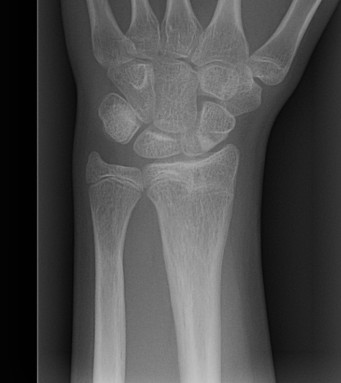Aetiology
Trauma
- most common
- SH 4
- high energy SH 2 / 1 i.e. distal femur
Infection
Thombotic / embolic
Ischaemia (arteritis)
Radiotherapy
Classification
1. Central
- tenting
- slows longitudinal growth +/- angulation
2. Peripheral
- can lead to rapidly progressive angular deformity
- especially small bar

3. Linear
- especially SH4
- effect depends on site and size
X-ray
To assess deformity (angular and LLD)
CT
To accurately map size and position of bar
Management
1. Epiphysiolysis
Indications
- < 50% growth plate
- > 2 year growth
- healthy skin
Technique
Excision of bar and interposition graft (fat)
- excision with high speed burr
Peripheral
- via direct approach to growth plate
Central
- more difficult
- via metaphyseal window (avoid damage to the perichondral ring)
2. Epiphysiodesis
Concept
- remove active part of growth plate
- prevent angular deformity
Technique
- use drill under II guidance
- 4.5 mm
3. Osteotomy
Indication
- correct angulation post growth plate fusion / epiphysiodesis
